This Greek Pastitsio recipe is pure comfort — creamy, hearty, and perfect for family dinners or weekly meal prep. It’s the kind of dish everyone loves, bringing the cozy flavors of Greek home cooking to your table.
During my travels through Greece, one of the first dishes I fell in love with was pastitsio. I still remember that tiny family-run taverna in Rhodes — just a block from the beach, where the salty air mixed with the aroma of baked pasta, cinnamon, and béchamel. It was my first real taste of authentic Greek comfort food, and I was hooked.
Even though I had already made a delicious moussaka, Greek herb rice, lemon chicken, and my favorite Greek salad with creamy feta, nothing compared to that first bite of pastitsio. The flavors of the tender meat sauce, the rich béchamel, and the fresh Greek ingredients were unforgettable — I’m drooling just thinking about it!
I’ve tested this recipe several times since then until I could confidently say it tastes just like the one I had in Rhodes. So go ahead, make it, take a bite, and let it transport you straight to the islands of Greece.
What Is Greek Pastitsio?
Greek Pastitsio, often called Greek lasagna, is a comforting baked pasta dish made with layers of pasta, spiced meat sauce, and creamy béchamel. It’s a beloved family meal throughout Greece — rich, hearty, and perfect for gatherings. Each layer brings something special: the pasta gives structure, the cinnamon-scented meat sauce adds warmth, and the golden béchamel ties everything together into one irresistible bite.
Ingredients You’ll Need for Greek Pastitsio
To make this delicious Greek Pastitsio (Greek Lasagna), you’ll prepare three flavorful layers — a savory Greek-style meat sauce, a comforting pasta layer, and a creamy béchamel sauce. Each one adds its own texture and richness to this classic Greek pasta bake.
Meat Sauce
This rich, aromatic sauce gives the pastitsio its signature warmth and depth of flavor. It’s layered with Mediterranean spices, slow-simmered tomatoes, and just a touch of lemon for brightness.
You’ll need:
-
Olive oil – for sautéing and adding that smooth Mediterranean flavor.
-
Yellow sweet onions – they cook down beautifully and bring a natural sweetness to balance the spices.
-
Garlic – adds that familiar depth and aroma that defines Greek cooking.
-
Ground beef and lamb – the mix creates a rich, hearty base with layers of savory flavor.
-
Red wine – deglazes the pan and builds complexity into the sauce.
-
Crushed tomatoes – the body of the sauce, thick and flavorful.
-
Tomato paste – adds richness and a deep, concentrated tomato flavor.
-
Beef stock – keeps the sauce luscious and ties all the flavors together.
-
Bay leaf – infuses subtle herbal notes as it simmers.
-
Cinnamon stick + ground cinnamon – the signature Greek warmth that makes this sauce unforgettable.
-
Ground cloves – just a pinch, for that deep background spice.
-
Salt and black pepper – to balance and enhance all the flavors.
-
Lemon juice – stirred in at the end for a touch of freshness and brightness.
Pasta Layer
The pasta is the foundation of this Greek pastitsio, holding all the layers together while soaking up the rich flavors of the meat sauce and béchamel. Traditionally, Greeks use Pastitsio No. 2 pasta, but if you can’t find it, bucatini, ziti, or even penne work beautifully. The key is to use a thick, hollow pasta that keeps its shape when baked — it creates that signature layered look and tender bite.
You’ll need:
-
Pastitsio No. 2 or bucatini (No. 15), ziti, or penne – long, sturdy pasta that forms the base and holds the sauce without getting mushy.
-
Feta cheese crumbles – add a salty, creamy touch that melts into the pasta for extra flavor.
-
Egg whites – help bind the pasta together and give the dish a light, cohesive texture.
-
Nutmeg and black pepper – just a pinch of each for a subtle warmth and seasoning.
Béchamel Sauce
The creamy béchamel sauce is what makes Greek Pastitsio (Greek Lasagna) so comforting — velvety, golden, and just slightly nutty from the cheese. This luscious topping ties all the layers together and gives the dish its signature baked crust.
You’ll need:
-
Unsalted butter – forms the base of the roux and adds rich, buttery flavor.
-
Flour – helps thicken the sauce into a smooth, creamy consistency.
-
Whole milk – creates a silky texture that balances the richness of the butter and cheese.
-
Kefalotyri cheese – the authentic Greek choice for its salty, tangy flavor. If you can’t find it, Parmesan or Romano are great substitutes (and what I used).
-
Salt – to season and bring out the flavors of the cheese.
-
Freshly grated nutmeg – adds warmth and that unmistakable Greek aroma.
-
Egg yolks – use the yolks from the eggs you separated earlier; they enrich the sauce and help it bake into a golden, custard-like top.
Tips & Tricks for the Perfect Greek Pastitsio
A few simple steps can make all the difference in creating a perfectly layered and flavorful Greek Pastitsio (Greek Lasagna). Here’s what I’ve learned from testing this recipe:
-
Start with the meat sauce – it takes the longest to cook. Simmer on low heat until it’s thick and rich, with no excess liquid left. A watery sauce can make the layers soggy.
-
Butter your baking dish – this keeps the pasta from sticking and adds a lovely golden edge to the bottom.
-
Use the right pan – choose a baking dish at least 3 inches deep to hold all the layers comfortably.
-
Undercook the pasta slightly – cook it about 2 minutes less than the package suggests so it stays firm and finishes cooking in the oven.
-
Season each layer – I like to add a cinnamon stick and a pinch of nutmeg in both the béchamel and the pasta mixture. It makes the flavors shine through every layer.
-
Let it rest before cutting – after baking, give the pastitsio at least 20 minutes to rest. This allows the layers to set beautifully, making it easier to cut perfect squares.
- Make-ahead friendly – this dish is perfect for meal planning! You can assemble it a day in advance, cover and refrigerate it before baking, or freeze it for up to 3 months. Just thaw overnight in the fridge and bake until hot and bubbly.
Serving Suggestions
This comforting Greek Pastitsio (Greek Lasagna) is a complete meal on its own, but it pairs beautifully with a few simple sides. I love serving it with a classic Greek salad — crisp cucumbers, juicy tomatoes, red onions, olives, and a generous crumble of feta. The freshness of the salad perfectly balances the richness of the pastitsio.
You can also serve it with a side of roasted Mediterranean vegetables, like zucchini, bell peppers, and eggplant, drizzled with olive oil and herbs. And don’t forget a slice of warm, crusty bread to soak up any extra sauce — a true Greek comfort meal.
Step-by-Step Instructions
Sauté the Aromatics
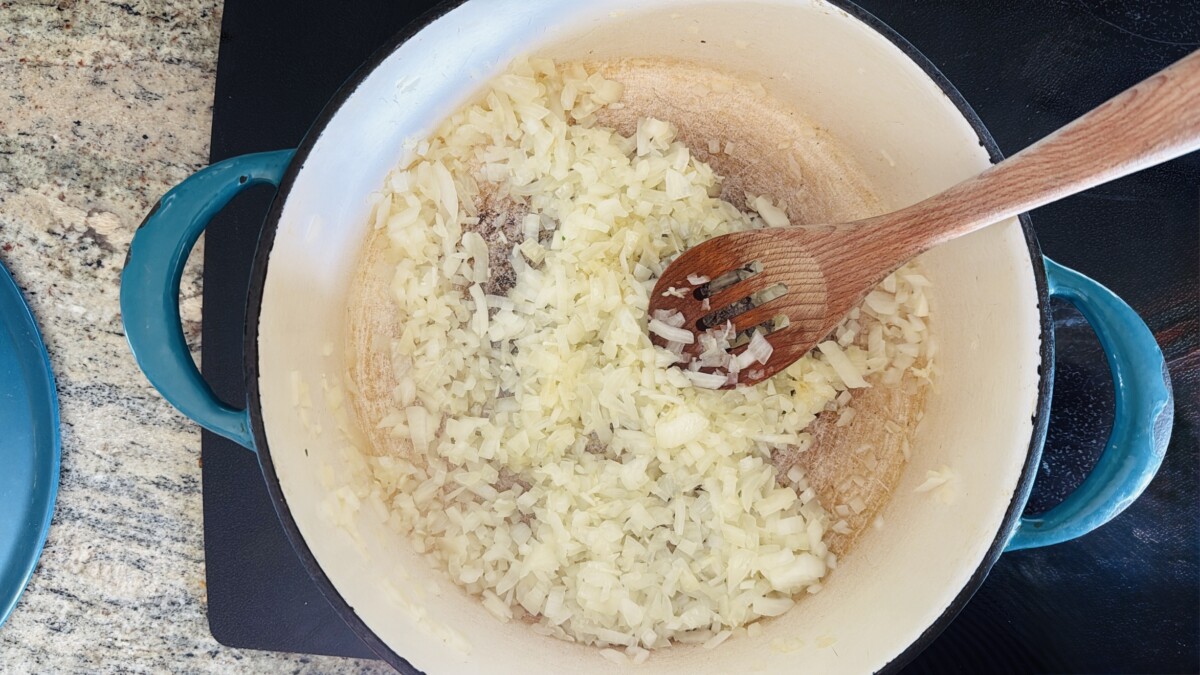
Brown the Meat
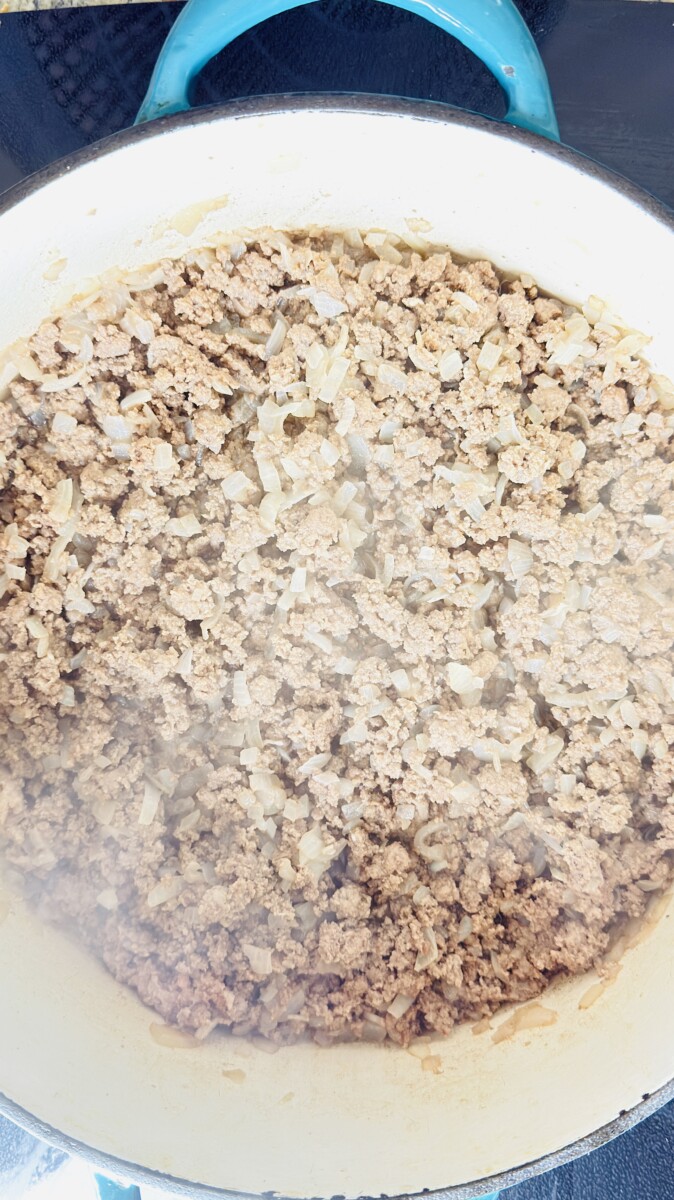
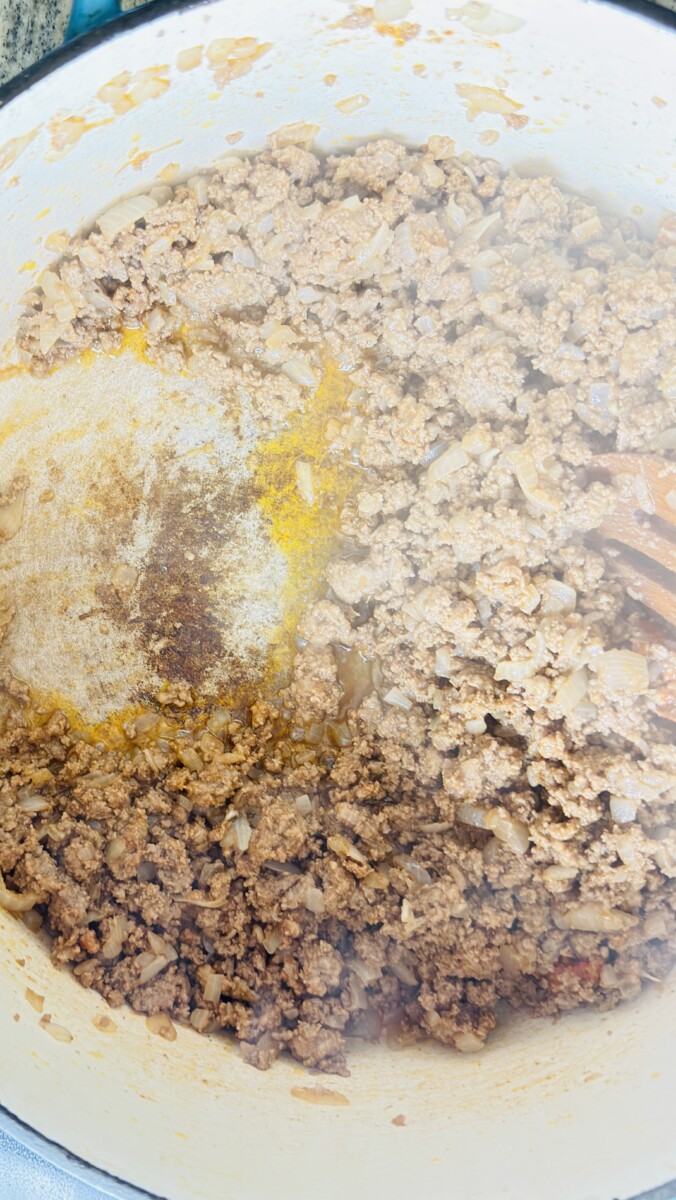
Pour in the red wine and let it simmer until almost completely evaporated, about 2–3 minutes. The wine adds depth and richness to the sauce.
Build the Flavor
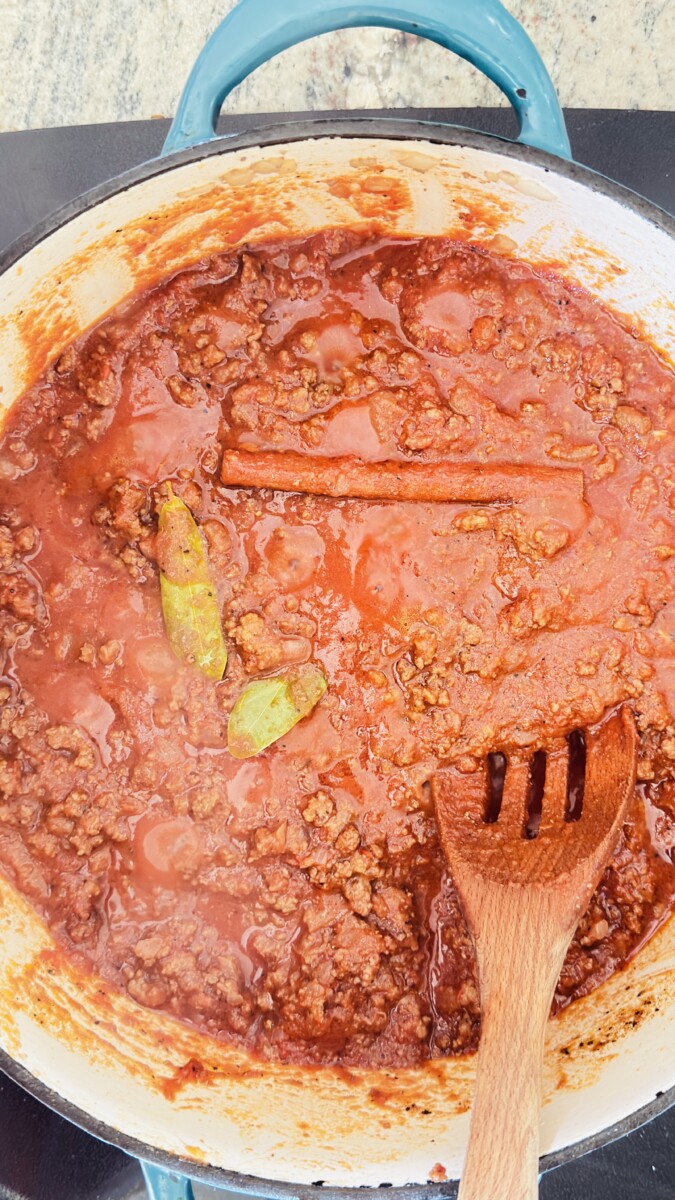
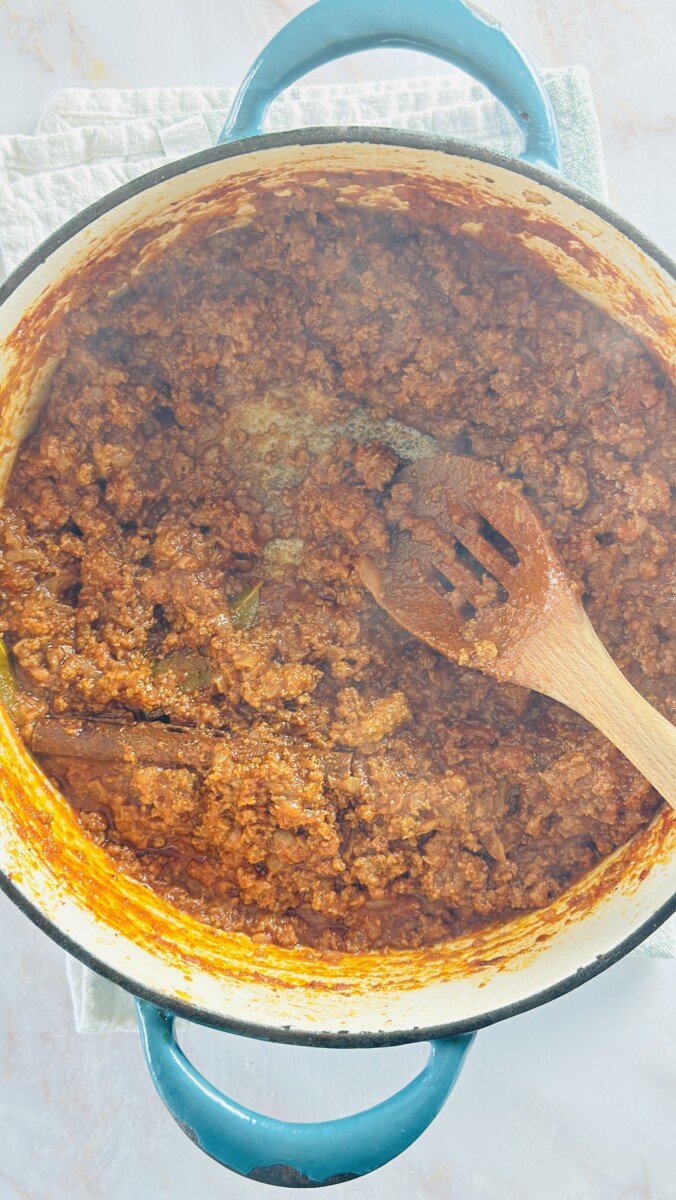
Reduce the heat to low and let it simmer gently for 45–60 minutes, stirring occasionally, until the sauce is thick, rich, and no longer watery.
Before assembling your pastitsio, let the sauce cool for at least 30 minutes — this helps it set nicely and prevents the layers from blending.
Cook the Pasta
Drain the pasta well and return it to the warm pot.
Mix and Season
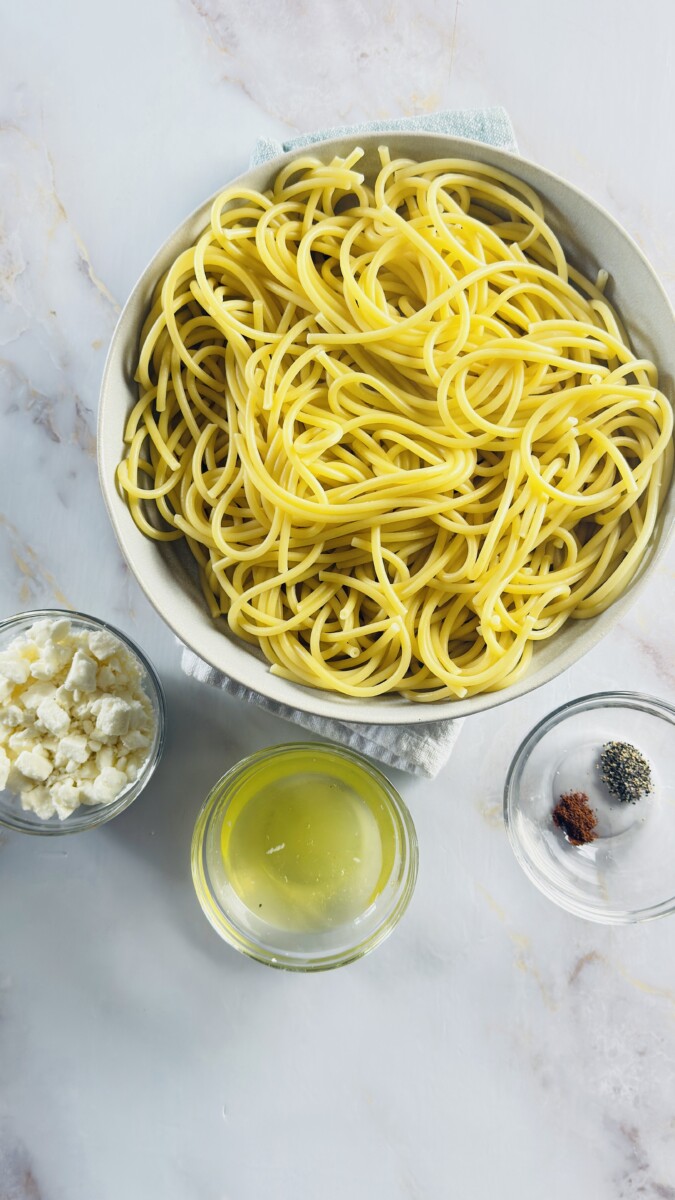
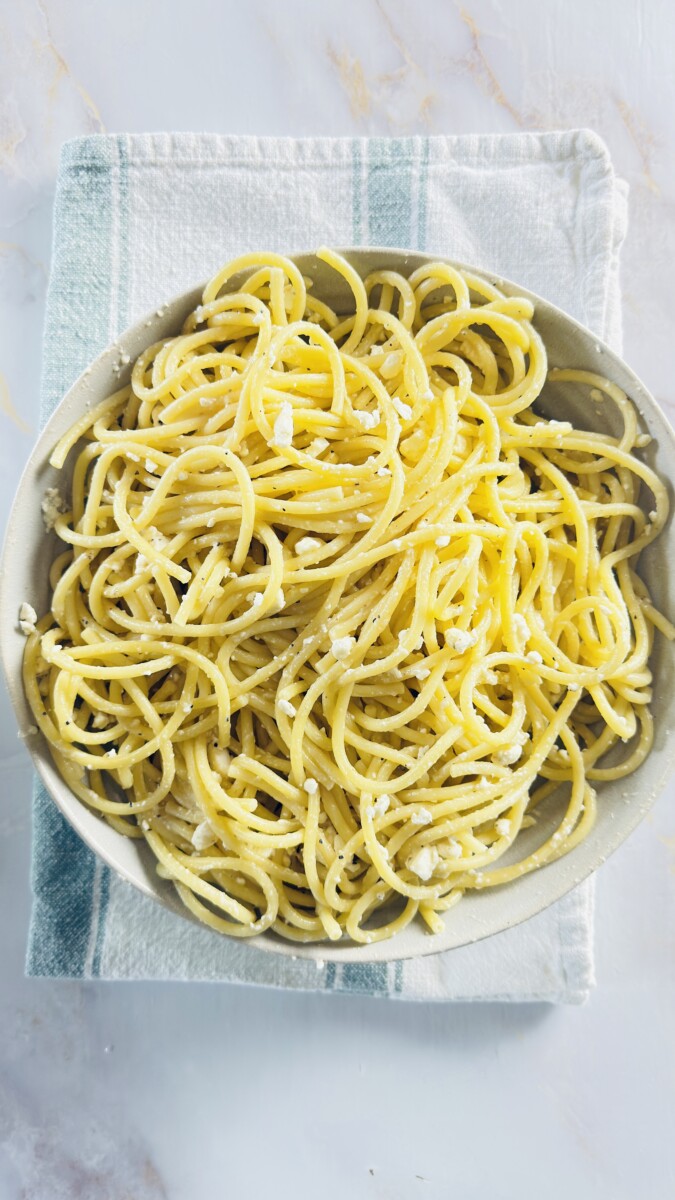
Season with a pinch of nutmeg and black pepper — this little touch gives the pasta layer warmth and depth that carries through every bite.
Make the Roux
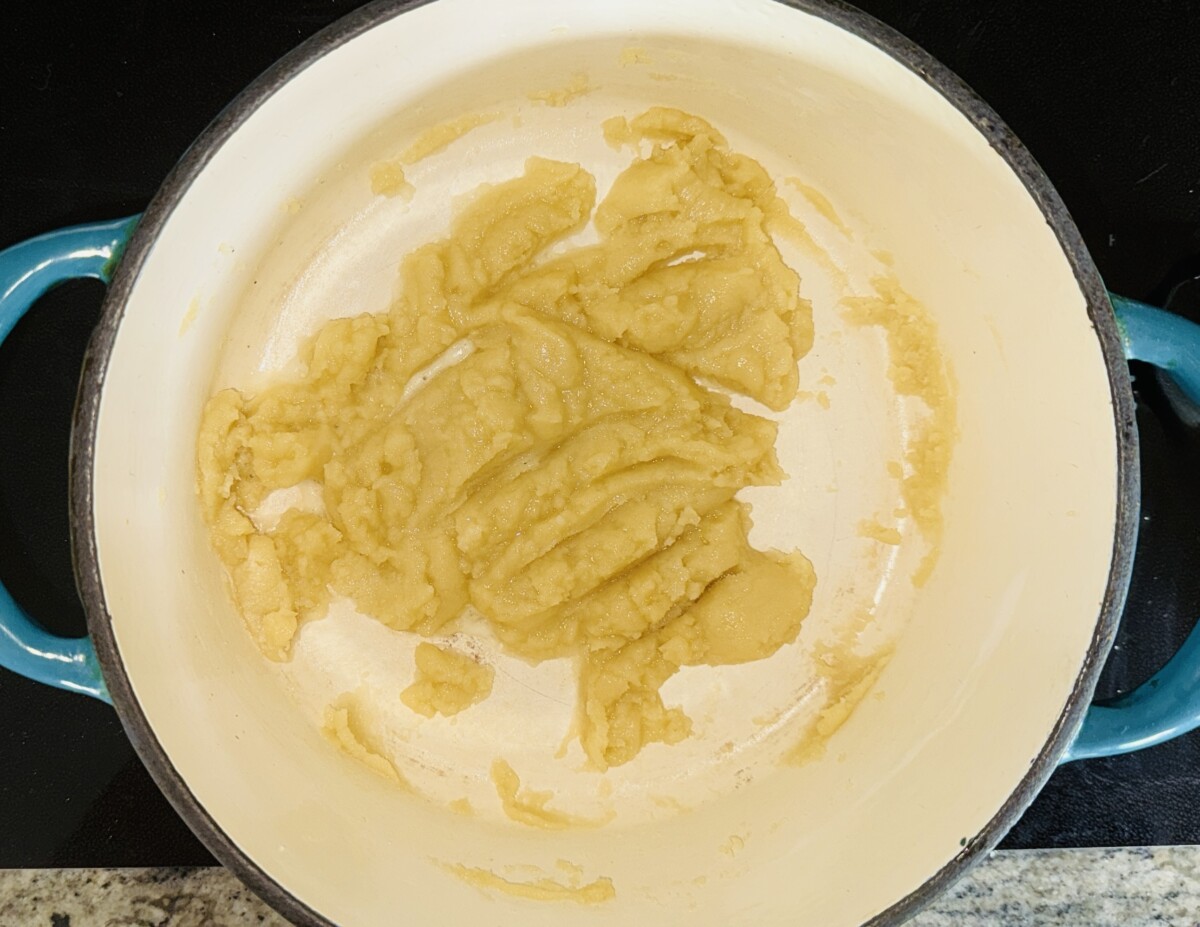
Add the Milk
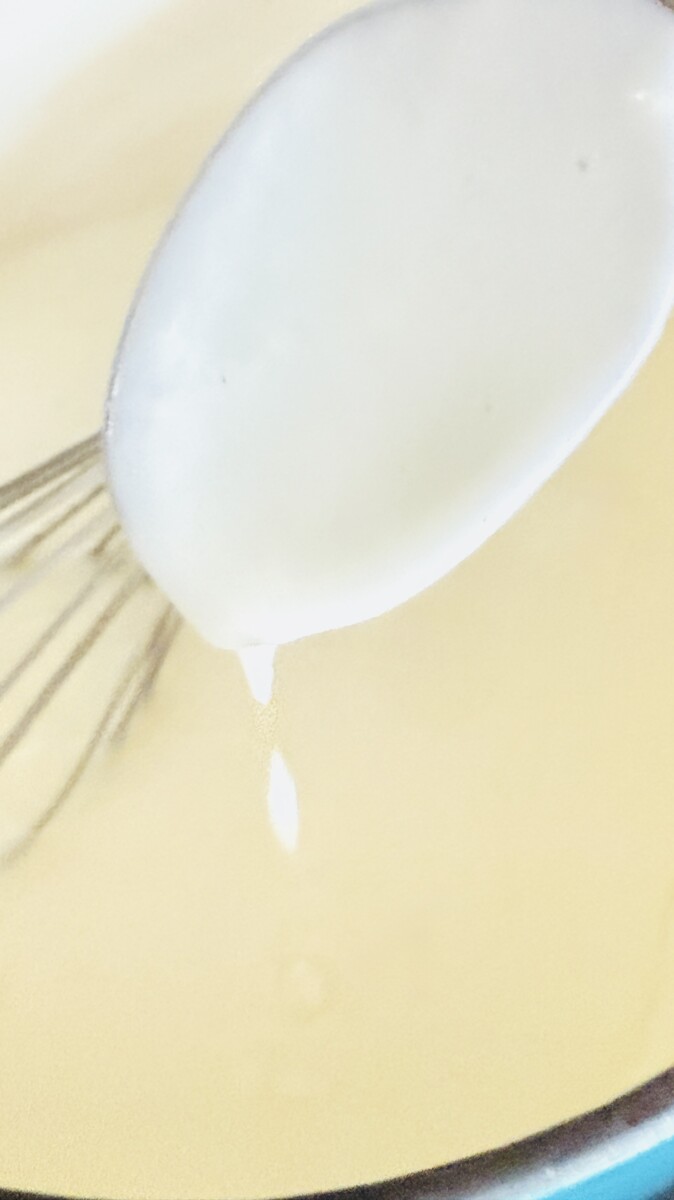
Finish the Sauce
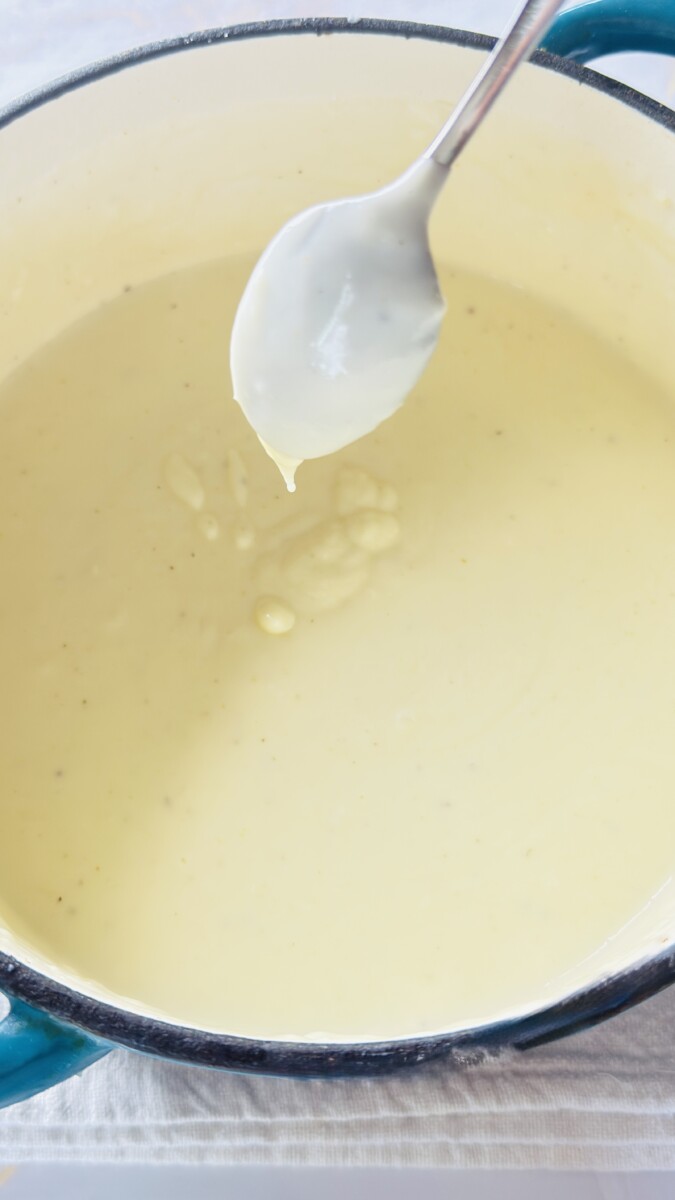
Prepare the Dish
Butter a 9×13-inch baking dish that’s at least 3 inches deep — you’ll need the space for all those beautiful layers.
Layer the Pasta and Sauce
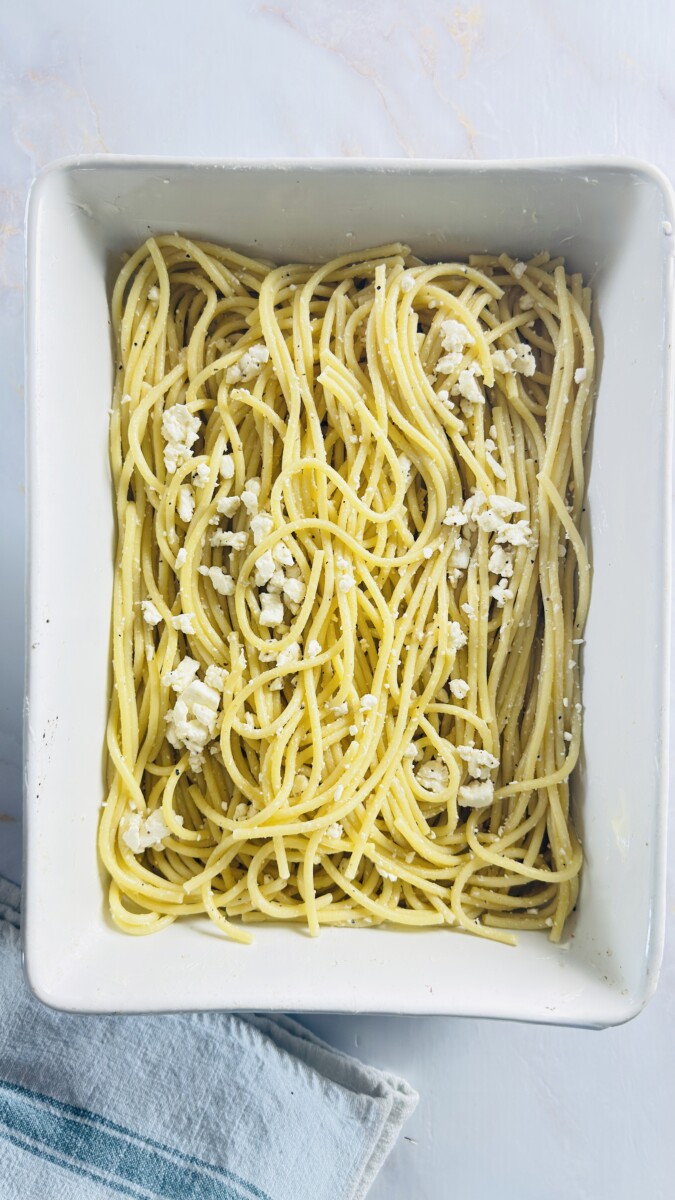
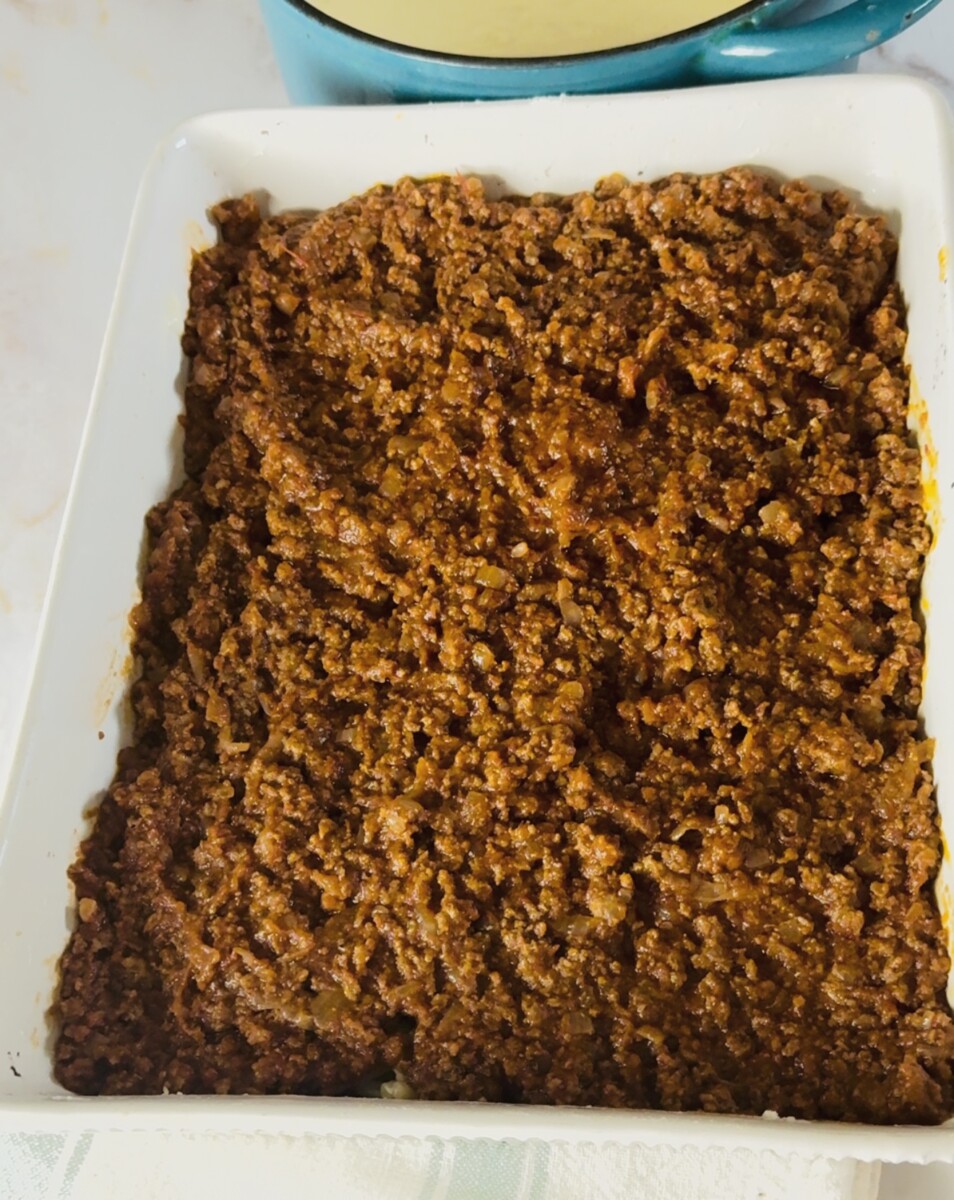
Spoon the meat sauce over the pasta and smooth the surface with the back of a spoon.
Finish with Béchamel
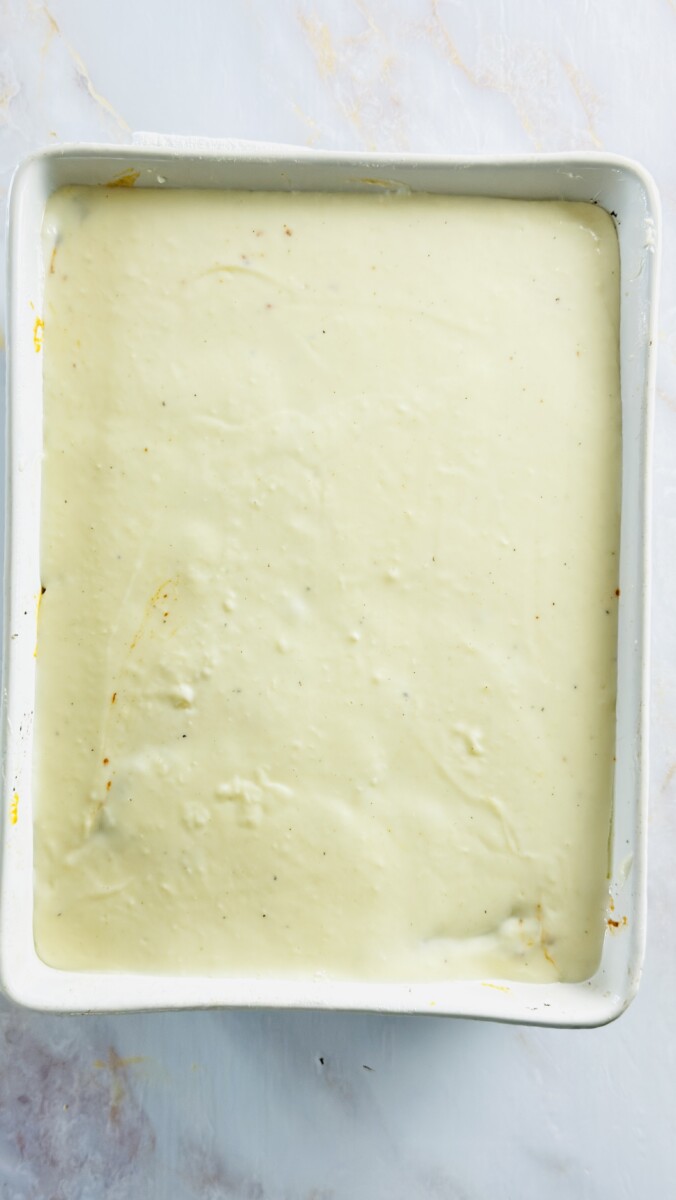
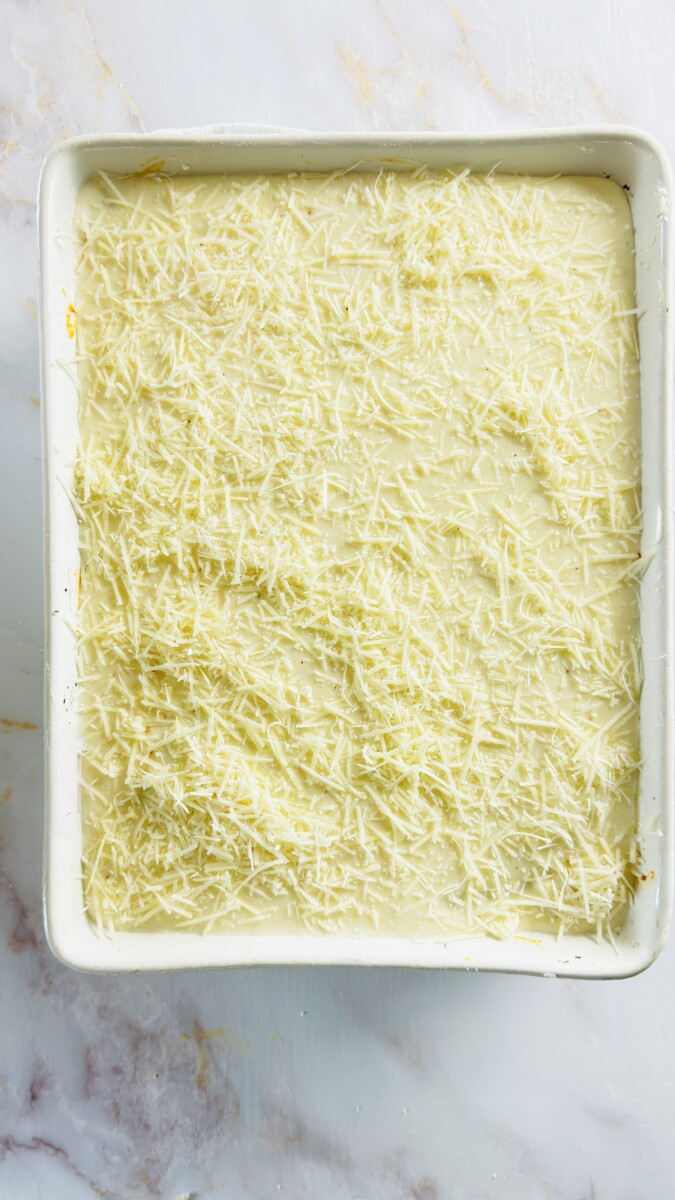
Bake and Rest
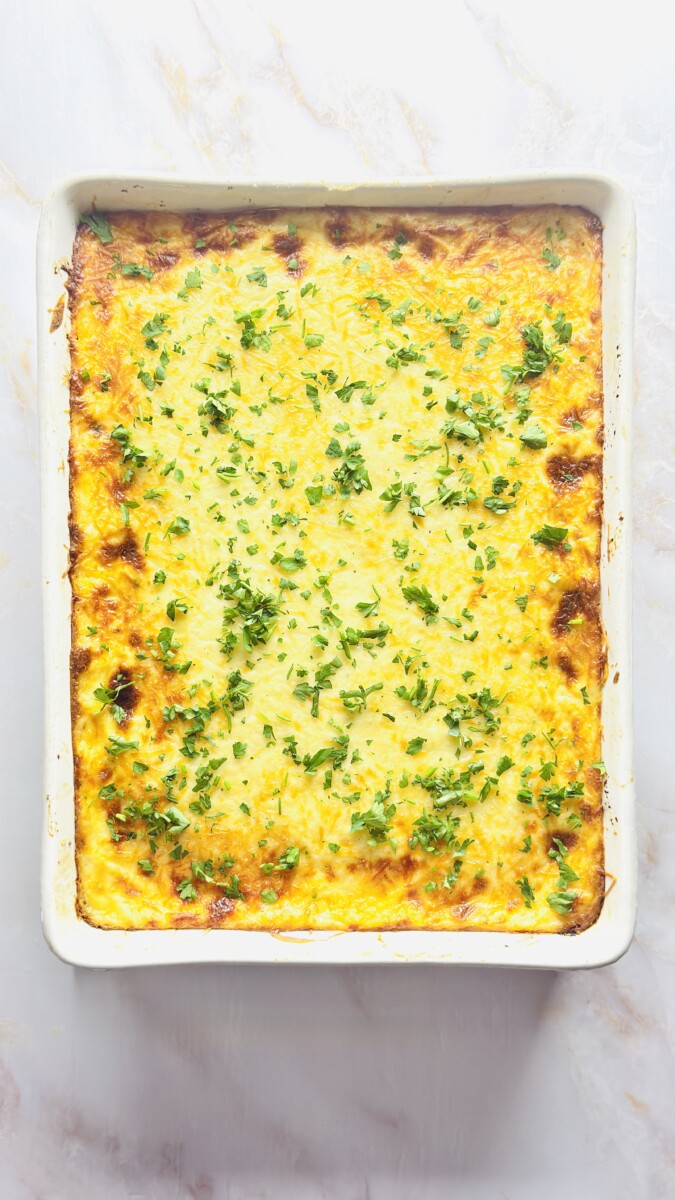
Let the pastitsio rest for at least 20 minutes before cutting — this helps the layers set beautifully so each slice holds together. Sprinkle some chopped parsley on top, slice, and enjoy!
Ingredients:
| 16 oz Pastitsio No. 2 pasta (or bucatini/ziti/penne) | |
| 4 oz feta cheese, crumbled | |
| 2 egg whites, lightly beaten | |
| Pinch of nutmeg + black pepper (to season pasta lightly) |
Meat sauce
| 2 tablespoons olive oil | |
| 2 yellow sweet onions chopped | |
| 3 garlic cloves, minced | |
| 2 lbs ground beef (or half beef/half lamb for more richness) | |
| 1/2 cup dry red wine | |
| 28 oz crushed tomatoes | |
| 2 tablespoons tomato paste | |
| 1/2 cup beef stock | |
| 1 bay leaf | |
| 1 cinnamon stick + ½ tsp ground cinnamon | |
| 1/4 teaspoon round cloves (or a pinch of allspice instead) | |
| 3/4 teaspoon salt | |
| 1 teaspoon black pepper |
Béchamel sauce
| 7 tablespoons unsalted butter | |
| 3/4 cup cup all-purpose flour | |
| 4 cups whole milk, gently warmed | |
| 3 oz kefalotyri (or Parmesan/Romano), finely grated | |
| 1/8 teaspoon nutmeg (fresh if possible) | |
| salt to taste | |
| 2 egg yolks |
Topping
| 3 oz kefalotyri (or Parmesan/Romano), grated | |
| 2 tablespoons fresh chopped parsley |
Preparation
Heat olive oil in a wide pot over medium heat. Add the onion and cook for 3–4 minutes until it softens and turns translucent. Stir in the garlic and cook for another 30 seconds until fragrant — your kitchen should already smell amazing!
Add the ground beef and lamb, breaking it up with a wooden spoon as it cooks. Sauté until the meat is browned and no longer pink, about 6–8 minutes. Pour in the red wine and let it simmer until almost completely evaporated, about 2–3 minutes. The wine adds depth and richness to the sauce.
Stir in the crushed tomatoes, tomato paste, beef stock, bay leaf, cinnamon stick, a little ground cinnamon, ground cloves, salt, and black pepper. Reduce the heat to low and let it simmer gently for 45–60 minutes, stirring occasionally, until the sauce is thick, rich, and no longer watery. Before assembling your pastitsio, let the sauce cool for at least 30 minutes — this helps it set nicely and prevents the layers from blending.
Bring a large pot of salted water to a boil. Add the pasta (Pastitsio No. 2, bucatini, ziti, or penne) and cook until just under al dente — about 1 minute less than the package suggests. You want it firm enough to hold its shape once baked. Drain the pasta well and return it to the warm pot.
Let the pasta cool slightly so it doesn’t cook the eggs, then stir in the egg whites and feta crumbles until evenly coated. Season with a pinch of nutmeg and black pepper — this little touch gives the pasta layer warmth and depth that carries through every bite.
In a medium saucepan, melt the butter over medium heat. Add the flour and stir constantly for about 1 minute — this cooks out the raw flour taste and forms the base for your sauce.
Slowly whisk in the warmed milk, adding half at a time and whisking constantly to prevent lumps. Continue cooking for 5–7 minutes, whisking often, until the sauce thickens and coats the back of a spoon.
Remove from heat and stir in the nutmeg, cheese, and salt. Let it cool for about 5 minutes, then quickly whisk in the egg yolks — they’ll enrich the sauce and give it that signature golden color when baked.
Preheat your oven to 350°F. Butter a 9×13-inch baking dish that’s at least 3 inches deep — you’ll need the space for all those beautiful layers.
Spread the pasta mixture evenly in the dish, arranging the noodles in the same direction for neat, structured layers. Spoon the meat sauce over the pasta and smooth the surface with the back of a spoon.
Pour the béchamel sauce evenly over the top, spreading it all the way to the edges. Sprinkle a bit of grated kefalotyri (or Parmesan/Romano) for that perfect golden crust.
Bake for 30–40 minutes, until the top is golden and slightly puffed. Let the pastitsio rest for at least 20 minutes before cutting — this helps the layers set beautifully so each slice holds together. Sprinkle some chopped parsley on top, slice, and enjoy!
Recipe Tips & Suggestions
To Store:
To Reheat:
To Freeze:
Nutrition Information
The information shown is an estimate provided by an online nutrition calculator. It should should not be considered a substitute for a professional nutritionist's advice.
See our full nutrition disclosure here.


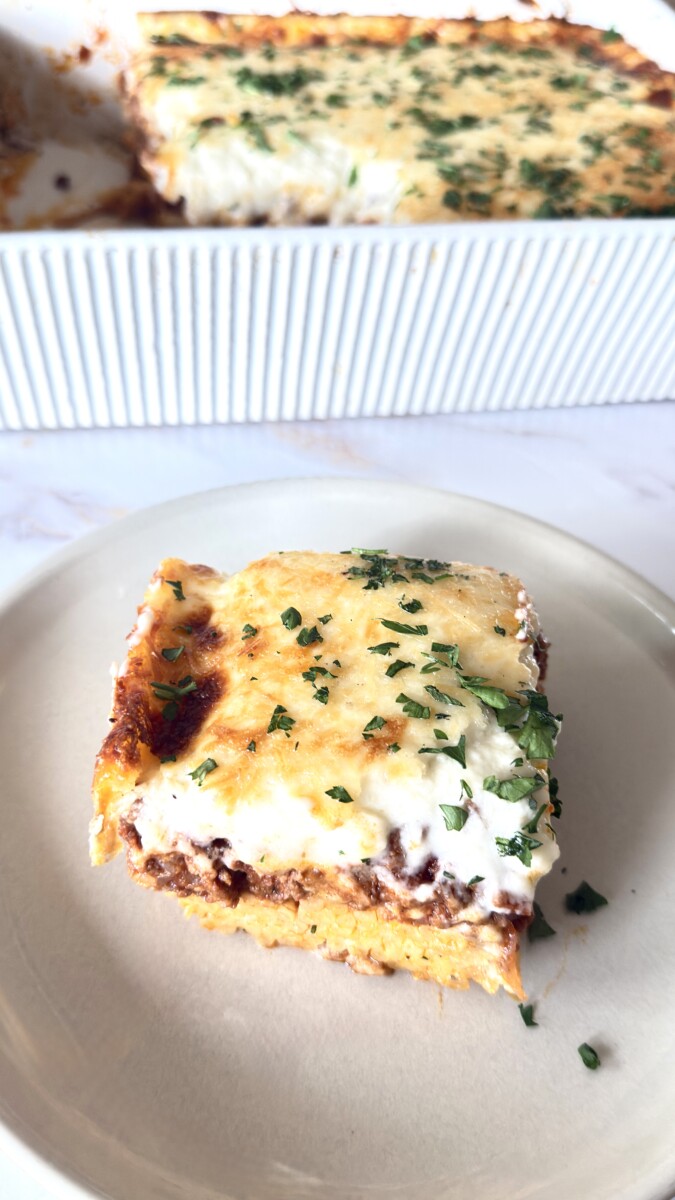


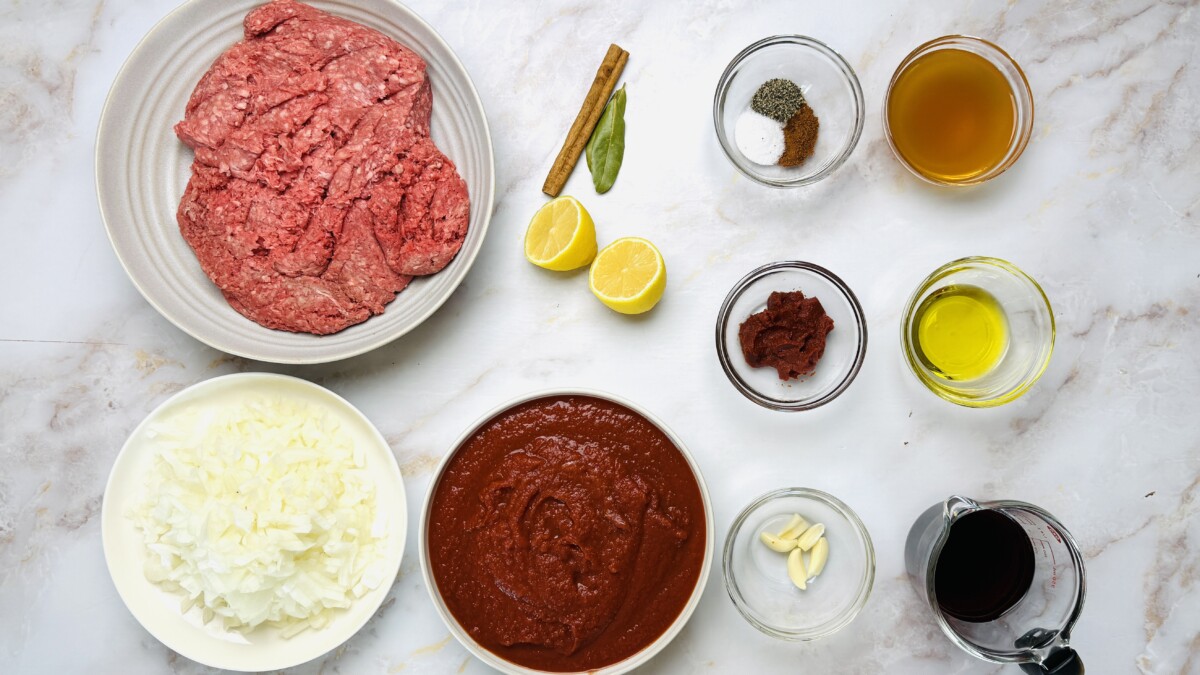
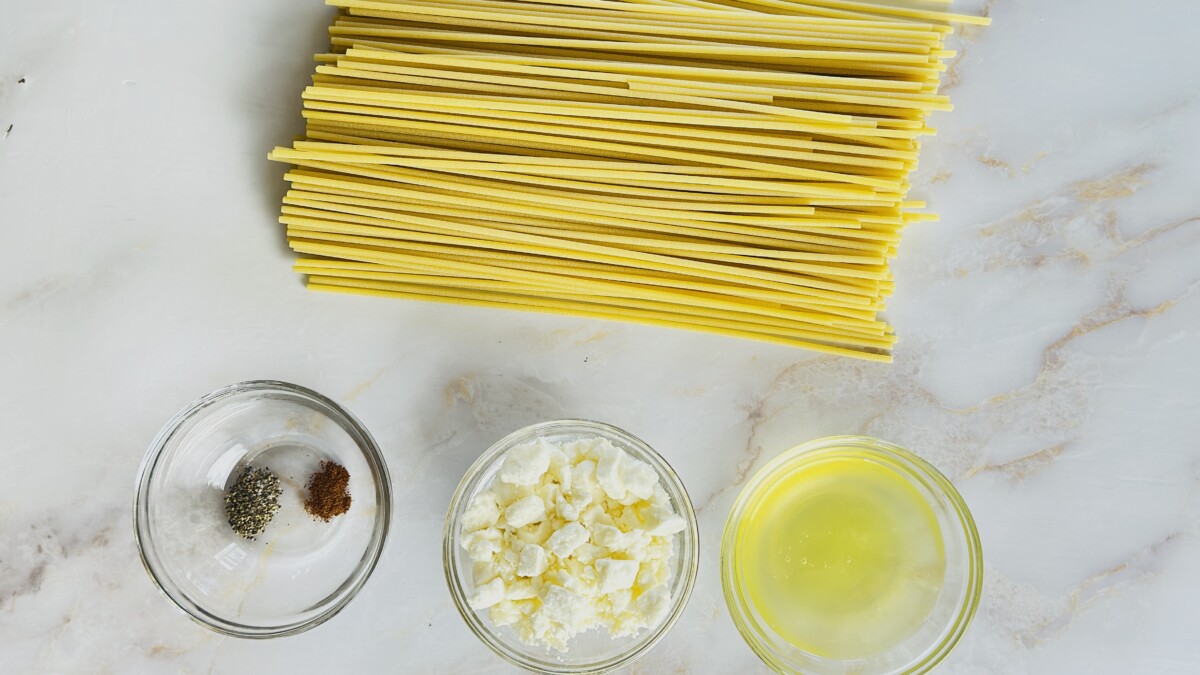
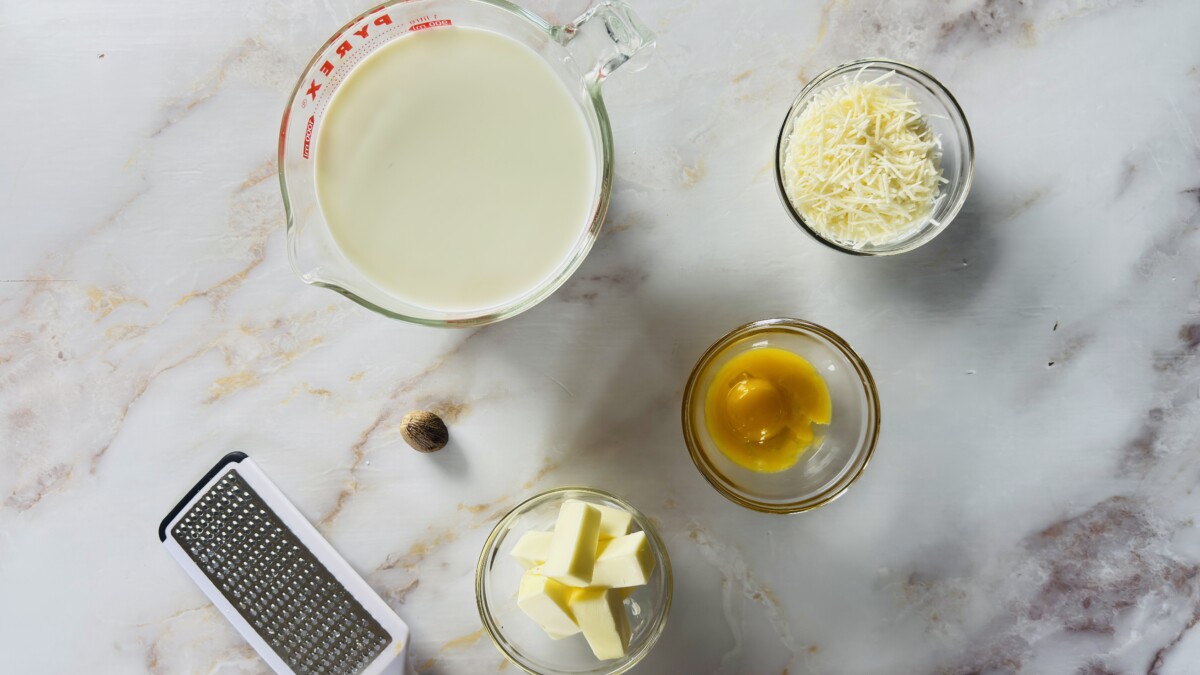


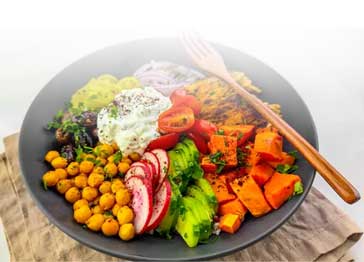
I’d love to hear how your Greek Pastitsio turned out! Leave a comment below and tell me if your family loved it — and don’t forget to tag @rana_mediterranean_recipes on Instagram so I can see your delicious creations!